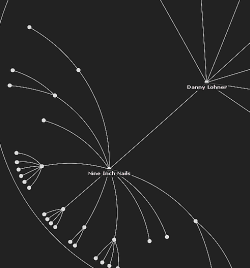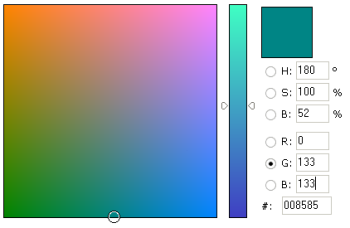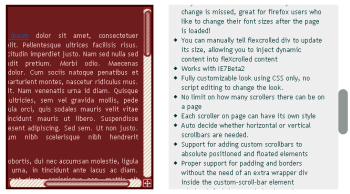Nunca se para de aprender, y de John Resig menos. DocumentFragments son contenedores ligeros que pueden almacenar objetos DOM de Javascript. Yo ni había oído hablar de ellos y la verdad es que su uso es sencillo y mucho más potente que trabajar con el DOM normalmente (de 2 a 3 veces más rápido).
El ejemplo que muestra John lo dice todo y muy fácil. Primero creamos unos elementos para luego insertarlos (de forma normal y con DocumentFragments):
var elems = [
document.createElement("hr"),
text( document.createElement("b"), "Links:" ),
document.createTextNode(" "),
text( document.createElement("a"), "Link A" ),
document.createTextNode(" | "),
text( document.createElement("a"), "Link B" ),
document.createTextNode(" | "),
text( document.createElement("a"), "Link C" )
];
function text(node, txt){
node.appendChild( document.createTextNode(txt) );
return node;
}
Y luego la inserción normal:
var div = document.getElementsByTagName("div");
for ( var i = 0; i < div.length; i++ ) {
for ( var e = 0; e < elems.length; e++ ) {
div[i].appendChild( elems[e].cloneNode(true) );
}
}
Y por último el nuevo método:
var div = document.getElementsByTagName("div");
var fragment = document.createDocumentFragment();
for ( var e = 0; e < elems.length; e++ ) {
fragment.appendChild( elems[e] );
}
for ( var i = 0; i < div.length; i++ ) {
div[i].appendChild( fragment.cloneNode(true) );
}
Resumiendo, mucho más eficiente y sencillo de usar. Seguro que para la próxima versión de jQuery nos ofrece esta implementación.



